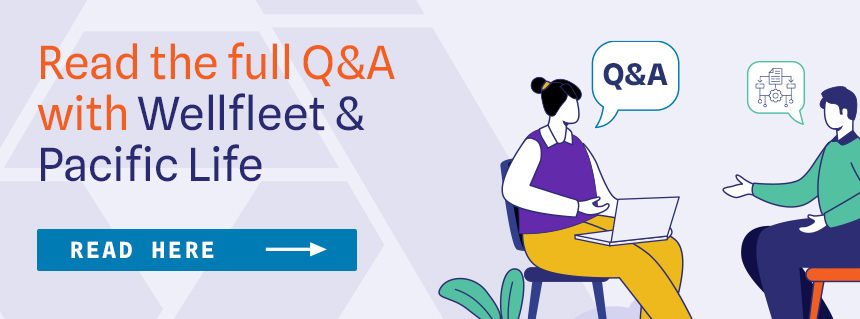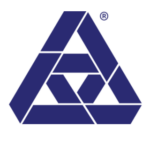Most of the noise around digital transformation in insurance focuses on replatforming legacy systems, but that’s not the route these two insurers took.
Pacific Life and Wellfleet both launched new group benefits businesses as greenfield projects, from the ground up.
They both wanted to be truly innovative, and didn’t want tech debt or baggage from a legacy tech stack holding them down. Instead, they moved with agility from the traditional insurance products they historically offered, and started with a blank slate and a mandate to build something new, fresh, and modern for the group benefits space.
In this Q&A hosted by LIMRA and EIS, leaders from both carriers shared what it really takes to stand up a greenfield operation in today’s insurance environment, and why the decisions they made early on — especially around core technology — are paying off for them now.
Wellfleet: Fast Execution with Clear Intent
As a Berkshire Hathaway company with deep experience in health and accident plan administration, Wellfleet entered the employee benefits space with a clear point of view: if they couldn’t offer a better experience for employers and employees, there was no point in entering at all.
That meant building a fully digital, omnichannel platform to support quote-to-claim workflows across four key products. They called it Lighthouse. With a small, agile team and a cloud-native, API-driven core platform, they launched in just 11 months — issuing their first coverage for a January 1 effective date.
In the full Q&A, Wellfleet discusses:
- Why they chose to prioritize a digital, omnichannel quote-to-claim workflow from day one
- How they launched Lighthouse — their group benefits platform — in just 11 months
- The critical role of a cloud-native, API-first architecture in enabling agility and integration
- How a lean team successfully supported four initial products at launch: accident, critical illness, hospital indemnity, and short-term disability
How digital-first design helped create a more intuitive experience for brokers, employers, and employees - Their approach to enrollment data, platform flexibility, and real-time quoting
Pacific Life: Designing for Brokers, Employers, and Employees
Pacific Life also didn’t want to try to adapt old systems for a new business model. As a legacy insurer in the life insurance space, they started clean, with a customer-first approach designed specifically for group benefits.
This meant building event-driven architecture, enabling automation where it saves manual effort, and reserving human interaction for where it matters most. From enrollment to billing to claims, the platform supports real-time collaboration across all users, with flexibility baked in to meet the needs of different client types.
In the full Q&A, Pacific Life discusses:
- How they approached enrollment as a core driver of experience and efficiency
- Why they embraced event-driven architecture and automation (and where they chose not to automate)
- The importance of balancing digital tools with human empathy in claims and service interactions
How they handled broker expectations around tech capabilities and platform transparency
Real-world lessons from billing challenges — and how flexibility made the difference - What it takes to maintain confidence in a new platform as adoption grows
Why the Full Q&A Is Worth Your Time
This Q&A isn’t a case of two carriers just tweaking what already existed — or going to the opposite end of the spectrum and deploying a full-on rip & replace transformation.
These are greenfield builds designed by smart, ambitious insurers to compete in a modern, high-expectation market. Both companies are open about what worked, what was harder than expected, and what they’d recommend to others.
If you’re building something new, or thinking about how to set your next line of business up for success, their insight is refreshingly direct and useful.





